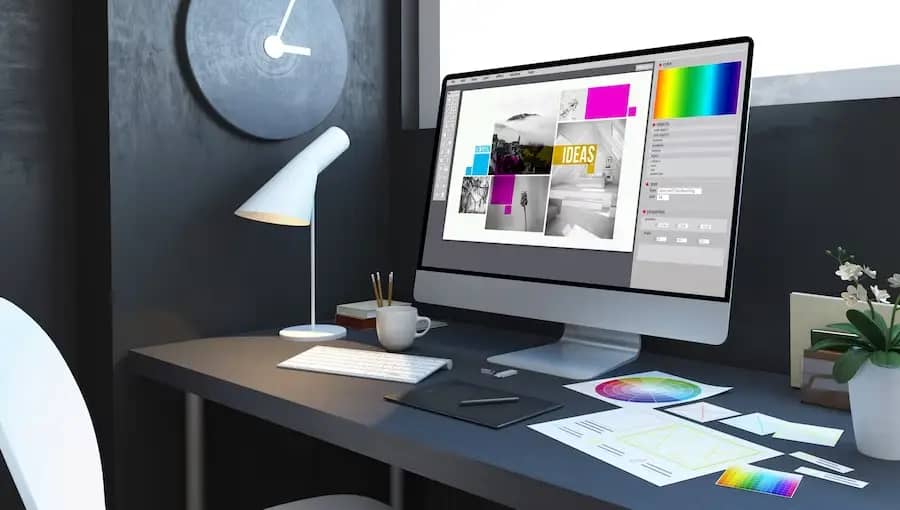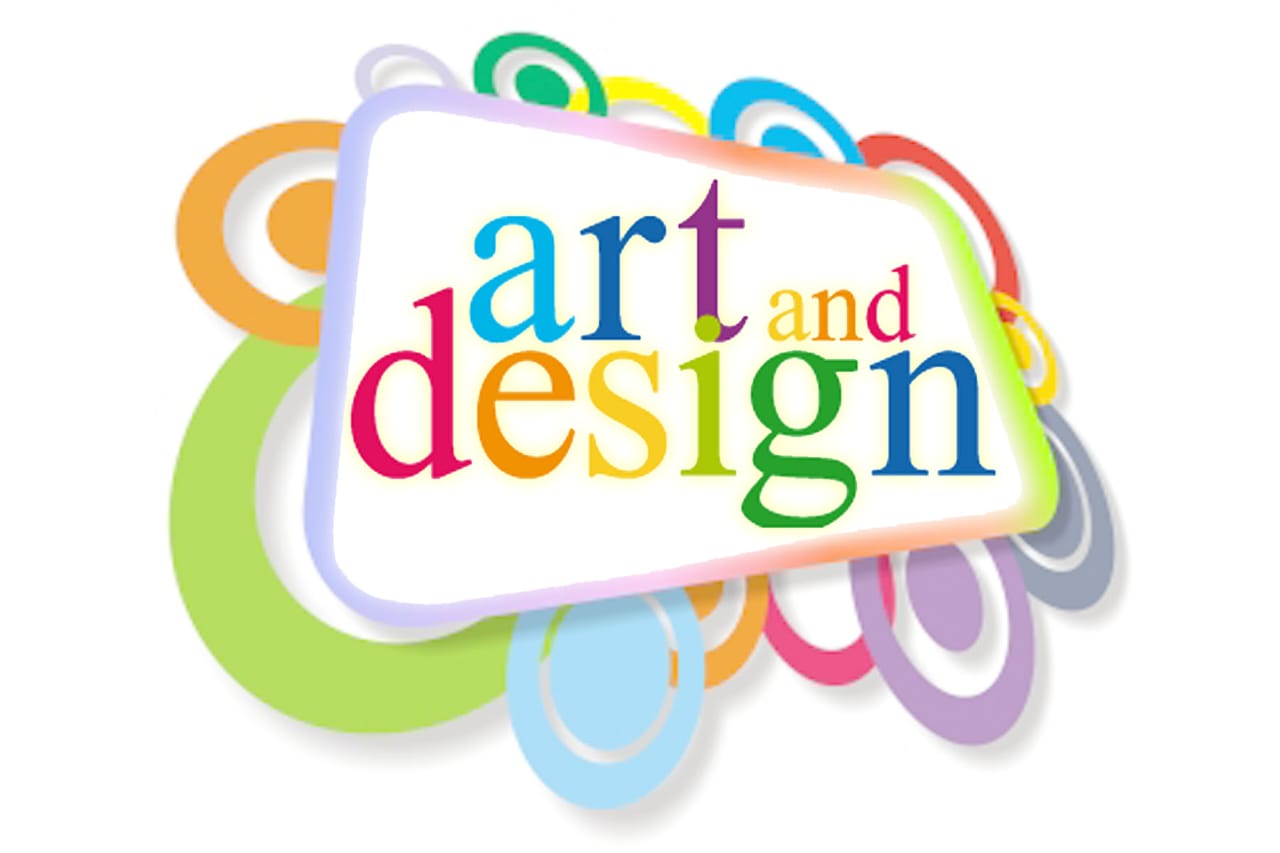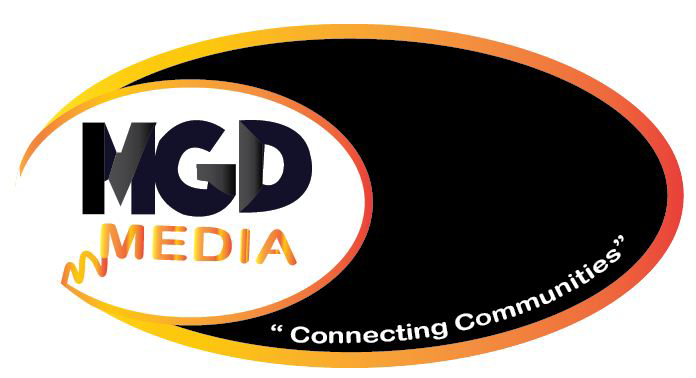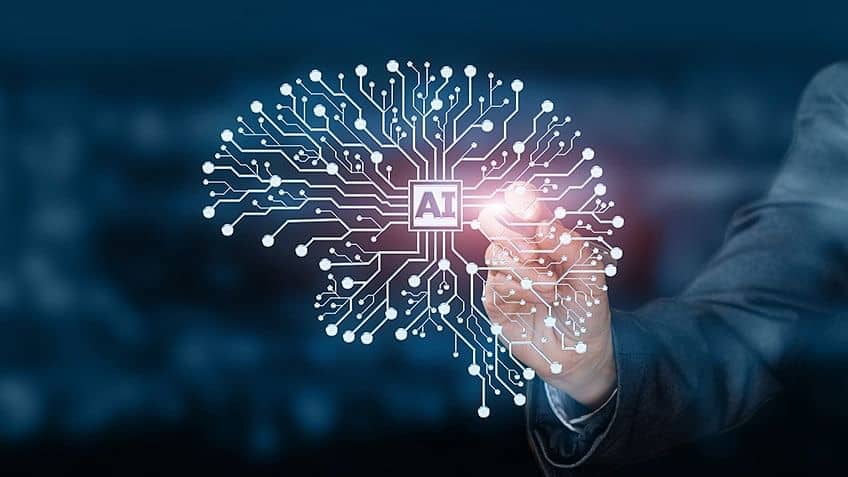Article Written By. Muyanja Fred Wamala xiii, a professional graphics designer and brand consultant.
Can anyone be a graphic designer?
Yes, anyone can be a designer. The evolution of artificial intelligence has dramatically transformed the field of graphics design, making it more accessible to the general public. AI-powered design tools now enable individuals without formal training to create posters, logos, videos, and other marketing materials with just small clicks.
However, does this mean that professional designers are no longer needed? Can AI truly replace the creativity and strategic thinking of a human designer? Let’s share in depth into the world of AI-powered design, its capabilities, limitations, and what every aspiring designer should know.

What are the impact of AI in Graphics Design, Can Anyone Be a Designer Now?
AI platforms that can help a graphic designer?
As a Professional Graphics designer, you should be keen on discovering AI Platforms that can help You Design.
Introduction of AI-based design tools reflects that anyone can now create visually appealing content without needing advanced skills. Some of these platforms include:
- Canva AI
It’s a great deal for creating social media posts, business cards, presentations, and posters.
Features AI-powered design suggestions and templates.
- Adobe Firefly
Integrates with Photoshop to generate AI-enhanced images and artistic effects.
It offers advanced editing capabilities, making it ideal for both beginners and professionals.
- Runway ML
An AI-powered video editing tool that simplifies motion graphics and special effects.
It’s great for content creators who want to generate quick and high-quality videos.
- Looka
An AI-driven logo maker which allows businesses to create a unique brand identity.
It also provides multiple logo variations based on preferences.
- 5. DALL·E 3 (By OpenAI)
Generates images from text prompts, making it useful for concept design and illustration.
- Kittl
This AI platform is best for typography and vintage-style designs with AI-powered enhancements.
- Lumen5
Converts text into engaging video content using AI automation.
As many of these tools and others are powerful, there are crucial limitations to consider before relying solely on AI for design.
Disadvantages of solely relying on AI for graphic designing or what AI can’t do in graphic design?
Despite its capabilities, AI is still far from replacing human designers entirely.
- Creative Innovation
Limitation and AI creativity: AI can generate ideas, but it lacks originality. It works based on existing data and patterns, meaning it cannot create something truly unique like a human designer can.
- Brand Consistency
Brand consistency challenge : AI tools generate designs based on prompts, though, it doesn’t inherently understand brand identity. A brand’s logo, colors, typography, and style must be consistent—something only a designer can strategically maintain.
- Understanding Business Goals
AI cannot grasp the vision, mission, and values of a business the way a professional designer does.
- Emotional Connection
Emotional connection in designs are meant to evoke emotions. AI lacks the ability to understand deeply, the cultural and emotional contexts. The emotion behind the design is more interpreted when a fellow human design what he perceives with emotions.
- High-End Customization
Human touch in design, while AI can create generic designs, it often struggles with complex, high-end projects that require meticulous details and customization.
What are some of the Essential Knowledge that Every Designer Should Have?
However much you are using AI tools, understanding the fundamental aspects of design is crucial for creating professional and impactful visuals.
Line – The foundation of every design, guiding movement and form.
Shape – Adds structure and forms the visual composition.
Color – Impacts mood, psychology, and brand identity, influencing how a design is perceived.
Texture – Gives designs a realistic feel, enhancing depth and dimension.
Typography – Plays a role in readability and brand messaging, ensuring text aligns with the brand’s tone.
Space – Helps in organizing elements effectively, preventing clutter and improving focus.
Contrast – Enhances visual appeal and emphasis, making key elements stand out.
what are the Principles of Art and Design

Balance – Ensures stability in the design, whether symmetrical or asymmetrical.
Alignment – Keeps elements visually connected, creating a professional and polished look.
Hierarchy – Guides the viewer’s eye to key information by structuring elements according to importance.
Repetition – Strengthens branding through consistency in fonts, colors, and patterns.
Proximity – Groups related elements for clarity, ensuring a logical flow.
Movement – Creates a sense of direction, leading the viewer through the design in an intentional manner.
Brand Identity: While AI can generate designs, maintaining a brand identity requires human consistency.
What are the key aspects of brand identity?
Logo – The face of a brand that must be unique and easily recognizable.
Color Palette – A defined set of colors that evoke brand emotions and associations.
Typography – Fonts that convey the brand’s voice and tone.
Imagery Style – The type of visuals that align with the brand’s message.
Brand Messaging & Tone – The way a brand communicates with its audience.
Consistent Lay outs & Templates – Uniform designs across all platforms ensure professional brand presence.
A professional designer ensures that all these elements align harmoniously, crafting a recognizable and trustworthy brand identity.
Why AI a Tool, Not a Replacement?
AI is a game-changer in the design industry, making it easier for anyone to create visuals. However, it lacks the depth, strategy, and creativity of a professional graphics designer. For businesses and individuals serious about branding, hiring a professional is still the best choice.
While AI can assist in design creation, it cannot replace human creativity, strategic thinking, or branding expertise. A professional graphics designer brings:







